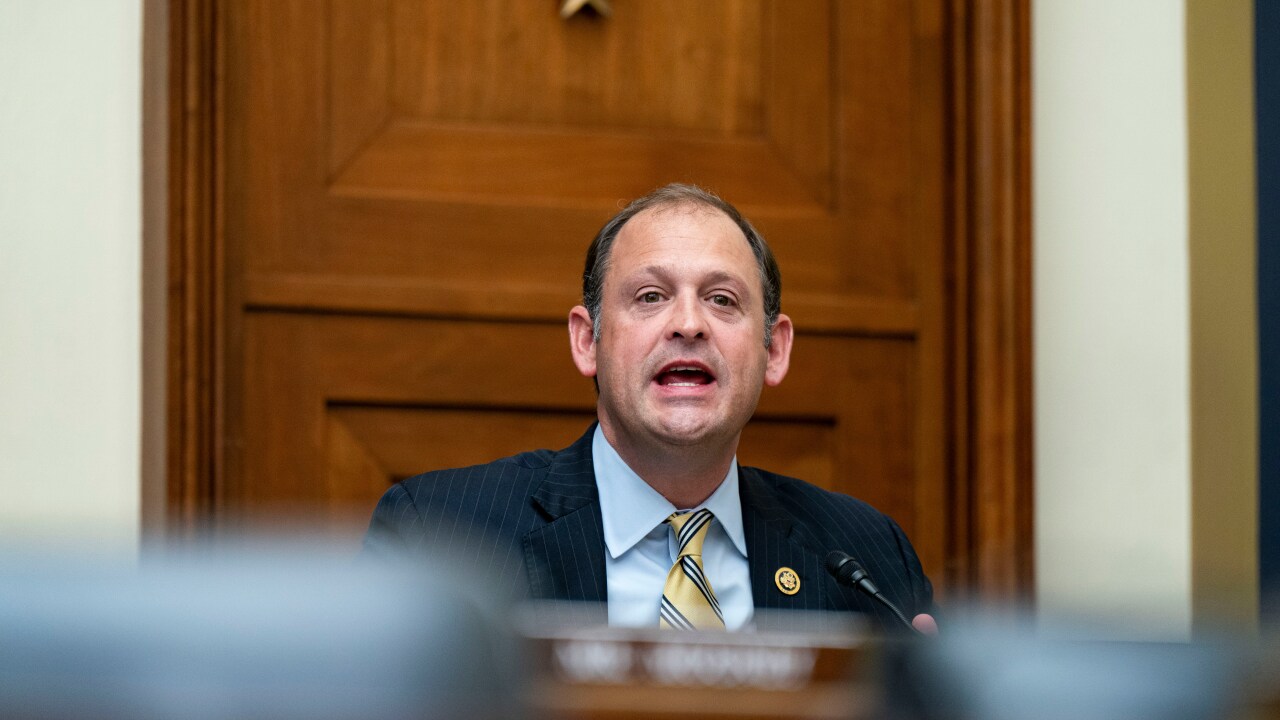DALLAS — Public transit agencies will be hard-pressed to maintain existing systems while extending service to new areas during difficult economic times without additional sources of revenue.
Transit officials and experts on Friday told participants at The Bond Buyer’s 10th annual Transportation and Public-Private Partnership Conference in Dallas that low fares, declining sales tax revenue, and cash-strapped state governments are making it difficult to obtain the funds to build, operate, and maintain expensive and extensive rail and bus systems.
Terry Matsumoto, chief financial services officer and treasurer for the Los Angeles County Metropolitan Transit Authority, said bus and train fares provide only 26% of the money needed to operate the system.
“Our average ride costs 65 cents,” he said. “If we had an average fare of 87 cents, we wouldn’t have this problem.”
The MTA is the regional transportation planning and public transportation operating agency for the county. The other major local sources for the system are three 0.5% sales taxes, approved by voters in 1980, 1990, and 2008, Matsumoto said.
Revenues from the three sales taxes were down $160 million in fiscal 2009, or some 10.4%. That is in addition to an 8.9% sales tax revenue drop in fiscal 2008, he said.
As a result of the low fares and declining tax revenues, Matsumoto said, the system had to rely on $200 million in federal stimulus funds to avoid a shortfall in fiscal 2009.
Sales tax revenue is expected to decline another 5% in fiscal 2010, Matsumoto said, with a 7% drop in ridership and fares. Sales tax revenue is not expected to fall in fiscal 2011, but likely will not increase.
Matsumoto said the agency will attempt to obtain additional funding from the state and federal governments, but he had little hope that California would be able to provide significant assistance.
“We’re very much interested in seeking funding for system expansion projects through the federal Transportation Infrastructure Finance and Innovation Act and the proposed National Infrastructure Reinvestment Bank, but our real problem is that we have to pay for day-to-day operations,” Matsumoto said. “The first rule in long-term planning is that you have to get through the short term.”
Carol Dillon Kissal, chief financial officer of Washington Metropolitan Area Transit Authority, said her agency will seek to increase revenue through additional advertising sales and new retail outlets at its 86 transit stations in the Washington, D.C., area.
“The challenge is finding new funding sources,” she said. “We are considering more debt financing for long-term assets, such as bus garages.”
WMATA has no dedicated taxes providing support, Kissal said. Much of the authority’s budget consists of appropriations from the federal government and Virginia and Maryland.
The authority anticipates it has $11.4 billion in capital needs over the next 10 years, she said.
“We have to market projects to the states, because as an appropriations-backed entity we are competing for funds with priorities such as schools,” Kissal said.





